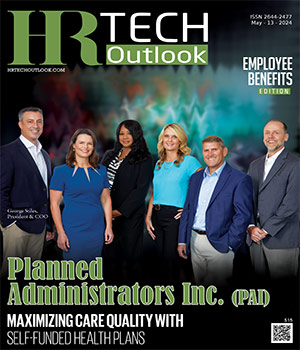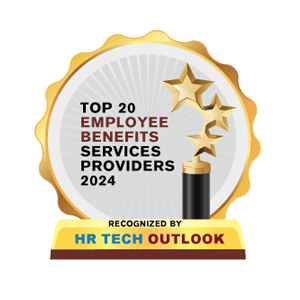In the ever-evolving landscape of employment, the significance of employee benefits cannot be overstated. Beyond just salary, benefits packages have become crucial in attracting and retaining top talent while fostering a positive work environment.
One of the most notable trends in the employee benefits space is the expansion of offerings beyond traditional health insurance and retirement plans. While these remain essential components, employers are now recognizing the importance of addressing employees’ diverse needs, encompassing physical, mental, and financial wellness. Companies are introducing initiatives such as wellness programs, mental health support services, and financial planning resources to empower their employees to lead healthier and more balanced lives.
Flexible work arrangements have also emerged as a prominent feature of modern employee benefits. The widespread adoption of remote work during the global pandemic has reshaped perceptions about where and how work can be conducted. Consequently, organizations are embracing flexible scheduling, telecommuting options, and hybrid work models to accommodate diverse preferences and enhance work-life balance. By offering flexibility, employers not only cater to the evolving expectations of their workforce but also demonstrate a commitment to promoting autonomy and trust.
Looking ahead, the future of employee benefits is likely to be characterized by continued innovation and adaptation to changing workforce dynamics. As technological advancements reshape the nature of work and societal expectations evolve, organizations must remain agile in their approach to benefits design. Embracing a human-centric philosophy that prioritizes employee well-being will be paramount in attracting and retaining top talent in an increasingly competitive labor market.
In this edition, we have featured Planned Administrators Inc. (PAI). Since its inception more than four decades ago, the company has been aiding organizations in creating self-funded health plans by leveraging its partnerships with direct primary care providers, provider discount arrangements, coordination of care solutions, and stop-loss insurers. As a TPA, it works on behalf of its clients to bring together the right combination of solutions into a comprehensive benefit plan that focuses on quality care at lower costs.


























